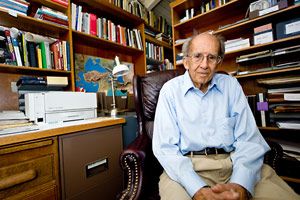On July 7, 1937, the Japanese attack Wanping on the outskirts of Beijing, and the second Sino-Japanese War begins. The Japanese quickly take Beijing and capture Tianjin (Tientsin). Savage fighting breaks out in Shanghai on August 13, which falls to Japan by late December. Initially, Japan continues a policy of open immigration to Shanghai. The November Pogrom (November 9, 1938) in Germany dramatically increases the number of German Jews entering Shanghai. Over 1,500 refugees arrive by the end of December 1938, and the number reaches 4,000 three months later.
Over 17,000 Jews found refuge in Shanghai, China during World War II. In this section, interviewees talk about the process of adopting and adjusting to the cultural traits and social patterns in the new country and detail their daily life in China. They describe the living conditions and explain how they were able to maintain their Jewish identity while in Shanghai and in the Hongkew Ghetto, established by the occupying Japanese authorities in 1943. Jewish as well as secular education, and involvement in the youth Zionist organizations are discussed.
Armenian Genocide Testimonies to be Incorporated into USC Shoah Foundation Visual History Archive

Survivors who found refuge in Shanghai and other cities in China during the Holocaust express their feelings toward, and opinions about, China and the Chinese people. They describe the living conditions in China during World War II and the relations between the Jewish refugees and the local population.
President Promotes USC Shoah Foundation Partner in Increasing Internet Access
A key USC Shoah Foundation partner’s mission of upgrading public school access to broadband Internet has earned a boost from President Obama. The nonprofit organization EducationSuperHighway works to ensure that every K-12 school in the nation has the necessary capacity to fully leverage the possibilities offered by digital education and online learning. EducationSuperHighway’s advocacy was instrumental in the president’s announcement of ConnectED, an initiative to connect 99 percent of U.S. students to high-speed Internet within the next five years.